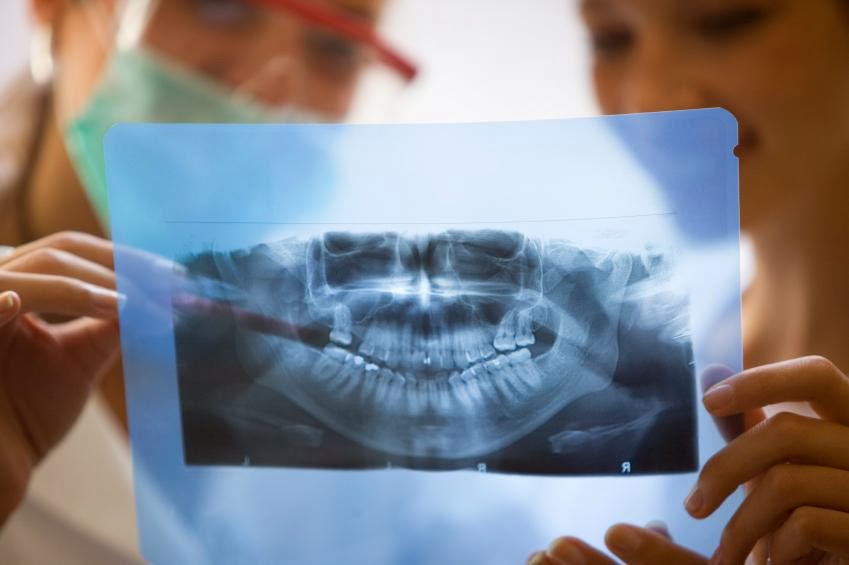This three-part article series explains what gum disease is and the various signs and symptoms it comes hand-in-hand with. We also explore patients’ various treatment options.
Welcome to Part 2 of this three-part article series on periodontal (gum) disease, it’s signs and symptoms and recommended treatments. In Part 1, we spoke to a dentist in New Jersey who explained that gum disease is an advanced bacteria infection of the gums and supporting structures of the teeth. It’s typically caused by poor oral hygiene, a lack of preventative healthcare and certain habits, such as smoking and excessive alcohol consumption. In this article, we shall now examine the signs and symptoms Rutherford residents should be on the lookout for before discussing the various treatment options available.
Signs and Symptoms of Periodontal Disease
 In the beginning stages, gum disease is known as gingivitis and can present with one or more of the following symptoms:
In the beginning stages, gum disease is known as gingivitis and can present with one or more of the following symptoms:
1. Red and inflamed gums,
2. Swollen, sensitive gums,
3. Gums that bleed easily when brushing and flossing,
4. Bad breath (halitosis): This can be difficult to diagnose, so it’s recommended that you ask a close friend or relative to tell you whether they’ve noticed your breath being persistently bad.
5. Discoloration of the teeth caused by the accumulation of plaque and tartar. The margins between the teeth can appear blurred.
In its advanced stages, gum disease is known as periodontitis and can present with one or more of the following symptoms:
1. Those listed above,
2. A persistent bad taste in the mouth that doesn't go away or comes back soon after brushing,
3. Brown mottling of the teeth and at the gum margins,
4. Recurring oral lesions or sores,
5. Loose teeth that are uncomfortable to eat with,
6. An exposure of the tooth roots as the gums recede from the crowns of the teeth,
7. Suppurating (pussy) gums and extremely painful oral abscesses,
8. Eventual tooth loss.
Doesn't sound very pleasant, does it? And yet, millions of Americans live with this condition every day and haven’t sought treatment. In fact, according to the Centers for Disease Control and Prevention, as much as 80% of Americans are currently living with some stage of gum disease; be it gingivitis or periodontitis. So...
Why Do People Allow Gum Disease to Progress?

“One of the biggest problems with gum disease is that it doesn’t typically cause much pain,” explain the dentists who place new teeth implants in Rutherford patients. “And since pain is what most frequently compels people to seek treatment, in its absence we find patients living with this condition for years without coming in for the necessary dental care. There is also a fear of what treatment might entail, but in all honesty living with gum disease and losing teeth is far more painful – to one’s self esteem and quality of life – than any treatment could ever be.”
“Gum disease is also linked with a host of other terrible and very dangerous health conditions, such as heart, respiratory, liver and kidney disease, as well as osteoporosis, diabetes, Alzheimer’s disease and dementia. The risks of living with gum disease are simply not worth it. You cannot justify avoiding treatment with “saving money” because the real cost could be your life.”
Stay Tuned for Part 3
To find out more about the various treatment options available for gum disease, stay tuned for the final installment of this three-part article series.
No comments:
Post a Comment